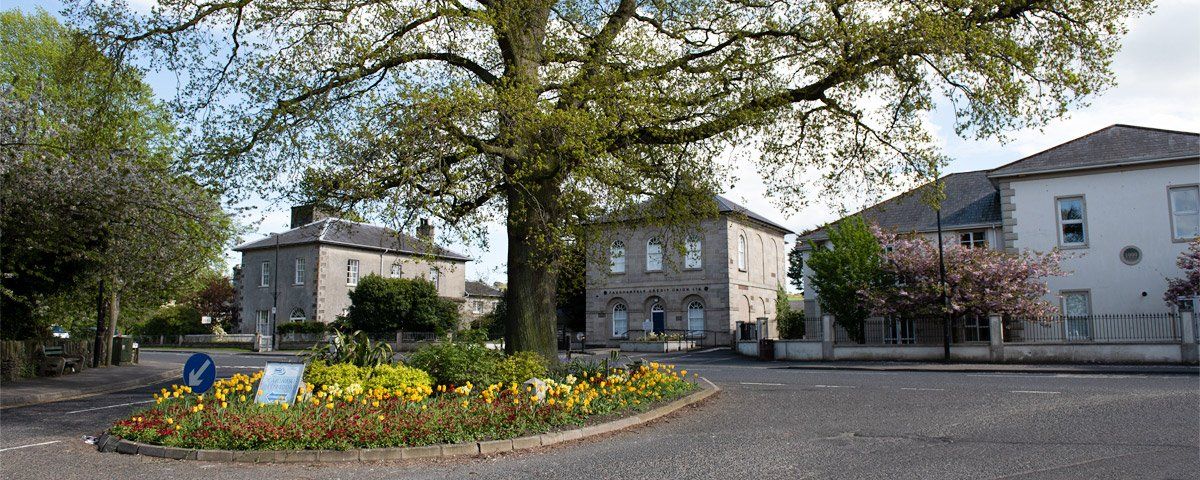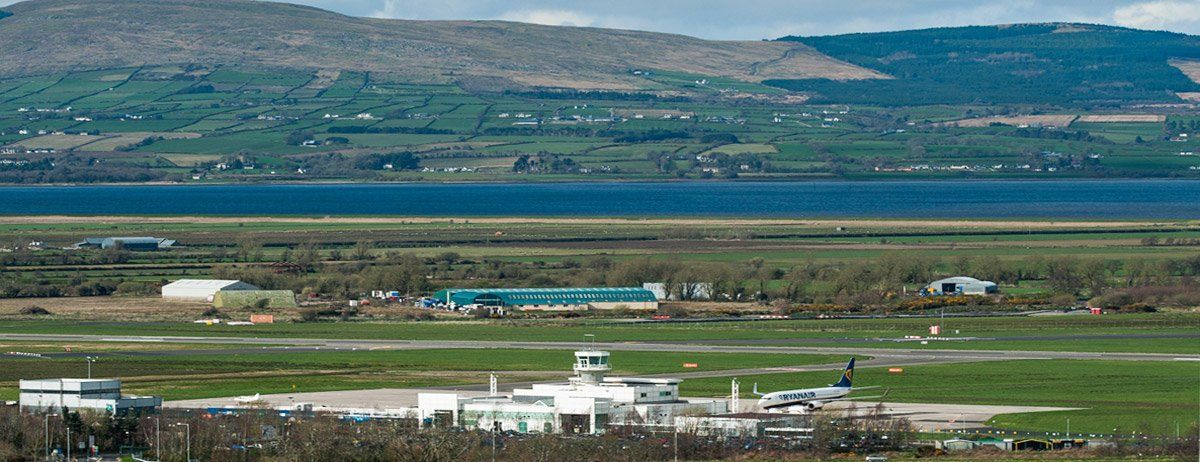Nothing remains of the original settlement except for the ruins of the Parish Church of Faughanvale which was built circa 1626, the gable and window arch still stands in the graveyard of the current St. Canice church, the present parish church which was built in 1826. The fortified bawn stood until 1823 when the Grocer's Company remodeled the village and built a Glebe house (rectory) on the site, they also built a schoolhouse, courthouse, manor house, market house and cottages. Several of these are still to be seen today including the Erasmus Smith schoolhouse built in 1812. During the rebellion of 1641, the bawn was taken by insurgents under the command of Colonel McDonnell, they held out under siege through the winter of 1641 eventually being relieved by allied troops from Derry in the summer of 1642.
St. Canice, named after the local saint, is another location well worth visiting, especially if the sun is shining. The Grocer's company commissioned the architect, John Bowden of Dublin, to design and build the church circa 1826, he was also responsible for the Foyle College in Derry and St. George's Church in Belfast. The church had a close affinity with the airbase here in the 1940 and 50s, evident by over thirty headstones of young men and women who lost their lives while on duty at Eglinton.




